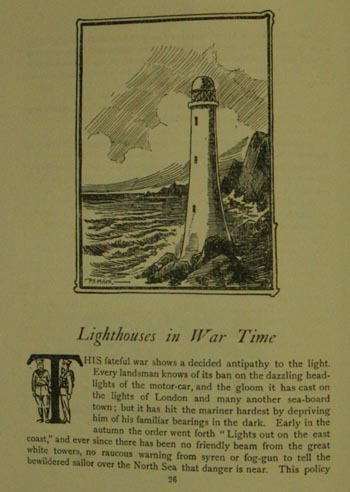Spotlight On... Archive
Royal Edinburgh Hospital Case Books
Craigleith Hospital Chronicle, 1915
Photograph of Sir Michael Woodruff, surgeon (1911-2001)
Letter to Royal Infirmary of Edinburgh Residents, 1922
Dr Elizabeth Robertson, Consultant Physician, Royal Edinburgh Hospital
Recipes from The Royal Infirmary of Edinburgh Department of Dietetics, 1950s
Conservation of Deaconess Hospital volumes
Project to Re-order Twentieth Century Case notes
Letter by Eva Lyon, medical student, 1904
Class ticket signed by Joseph Lister, 1876
Medical ward at Bruntsfield Hospital decorated for Christmas, 1931
Spotlight On...
Stories from the Craigleith Hospital Chronicle
The Craigleith Hospital Chronicle is a rich resource of articles, poetry, drawings and photographs reflecting the aspirations of those who fought in the First World War. It contains stories on a wide variety of topics and rarely misses an opportunity to add propaganda value. More information about this military magazine is available in a previous 'Spotlight On...'.
An article in volume 1 number 5 from April 1915, ‘Lighthouses in War Time’, describes the war from the point of view of lighthouse keepers and sailors. It explains that in autumn 1914 the command was given, ‘lights out on the east coast’. This may have baffled enemy movements by night but it also added anxiety, delay and danger to allied merchant ships’ sailings.
According to the article, some mail boats had changed their sailing times to complete voyages during daylight. Also included is a story in which the crew of an Orkney vessel found they were being tailed by a German submarine. The captain of the ship decided that the submarine meant no harm but was merely following them to gain a safe passage through the Pentland Firth. The article then claims that the ‘wily Orkneyman…led his unwelcome follower a wild dance across the shoals and shallows’ until the submarine ran aground!
Moving onto the work of the lighthouse men, the article states that although the lights are not lit, the machinery is continually oiled, cleaned and ready for use. Therefore, their work is constant and essential. It informs the reader that ‘with the least encouragement’ many of ‘these brave fellows would gladly don khaki’, but the best way they can serve king and country is to persevere with their present work.
An interesting feature of the writing style is how it describes lighthouse keepers and sailors as masters of their craft. Adjectives such as patient, painstaking, steady, reliable and nimble paint the character of men who do their job very well, while the phrase ‘handy with a boat’ and ‘as clever with their hands as jolly tars’ emphasises how skilful they need to be. It also mentions their ‘cheery philosophy’, showing that despite their isolation they remain steadfast. By creating a sense that all people in Britain and its allied countries, no matter what they were doing, were diligently working towards a common cause, the hospital magazines would have attempted to build up the morale of soldiers who may have had to spend months recovering and inactive.
 |
LHSA ref: GD1/82/3
Designed by the Learning Technology Section, © The University of Edinburgh

